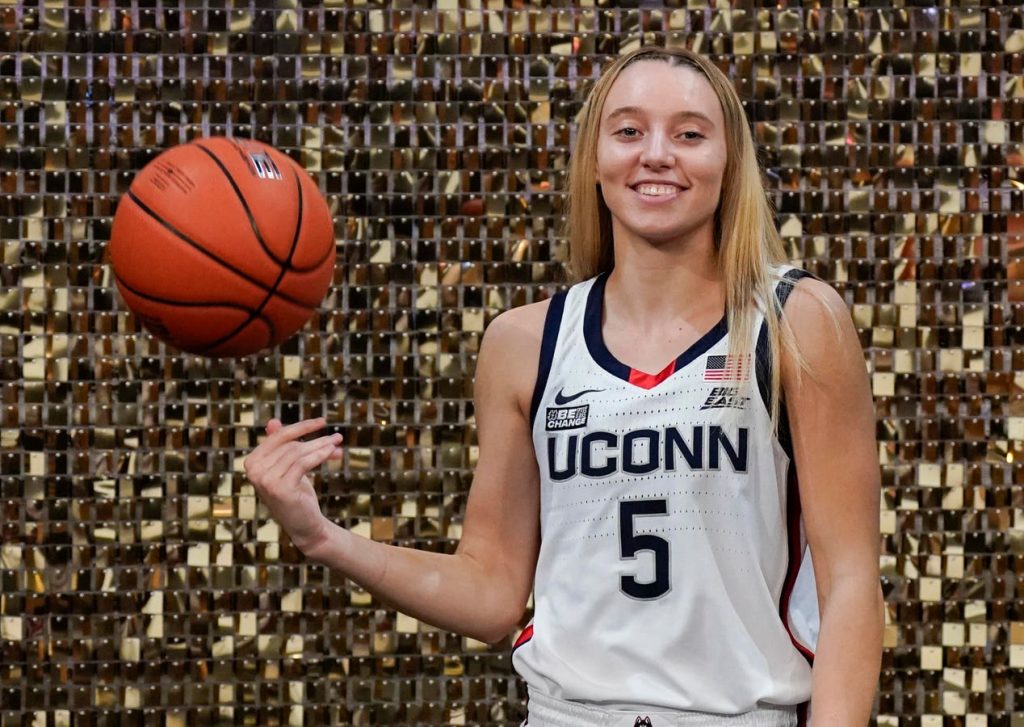The NCAA Women’s Final Four is set to tip off with the University of South Carolina favored to win, but other strong teams like the University of Connecticut and University of Iowa could provide tough competition. The national television audience for the games is expected to be high, with record numbers tuning in for the Elite Eight matchup. Women’s basketball is experiencing a financial upside, with NIL deals bringing increased name recognition and sponsorships. Even major networks like Fox Sports are getting involved, indicating a growing interest in the sport.
The impact of women’s sports is evident in the rising franchise values of teams like the Seattle Storm and Kansas City Current in the WNBA and NWSL, respectively. The NWSL’s Kansas City Current attracted high-profile owners like Patrick Mahomes and built a state-of-the-art facility, signaling the economic potential of women’s sports. However, the NCAA has been slow to capitalize on this potential, as shown by the issues during this year’s March Madness tournament. The NCAA has since invested more money into the women’s tournament but still has work to do to address the economic opportunities present in women’s basketball.
The NCAA recently signed a media contract with ESPN for women’s basketball, but questions remain about the value of Division I women’s basketball compared to men’s. The financial incentives tied to the women’s tournament success in the new media contract fall short of addressing the longstanding inequity between men’s and women’s sports revenue distribution. Many coaches and officials believe that women’s teams should be incentivized the same as men’s, but the lack of clarity on the financial value of women’s basketball leaves uncertainty about future investments in the sport.
In the world of “basketball-centric” schools, the success of the men’s team in March Madness typically drives campus budget priorities. Many schools rely on revenue from the NCAA tournament to offset athletic department expenses, leading to a focus on men’s basketball. However, as women’s basketball gains popularity and economic potential, there is a need for equal incentives for both men’s and women’s teams. The Knight Commission has called for equal incentives for athletic success for both men’s and women’s teams, highlighting the importance of addressing the issue of economic parity in postseason revenue.
Despite the growing interest and financial gains in women’s basketball, there are still challenges to overcome in achieving economic parity with men’s sports. The NCAA’s slow response to the economic potential of women’s basketball and the lack of clarity in the value of women’s sports compared to men’s present barriers to progress. As the Women’s Final Four approaches, the spotlight on women’s basketball and the economic impact of the sport will continue to grow, highlighting the need for equal incentives and support for both men’s and women’s teams.


